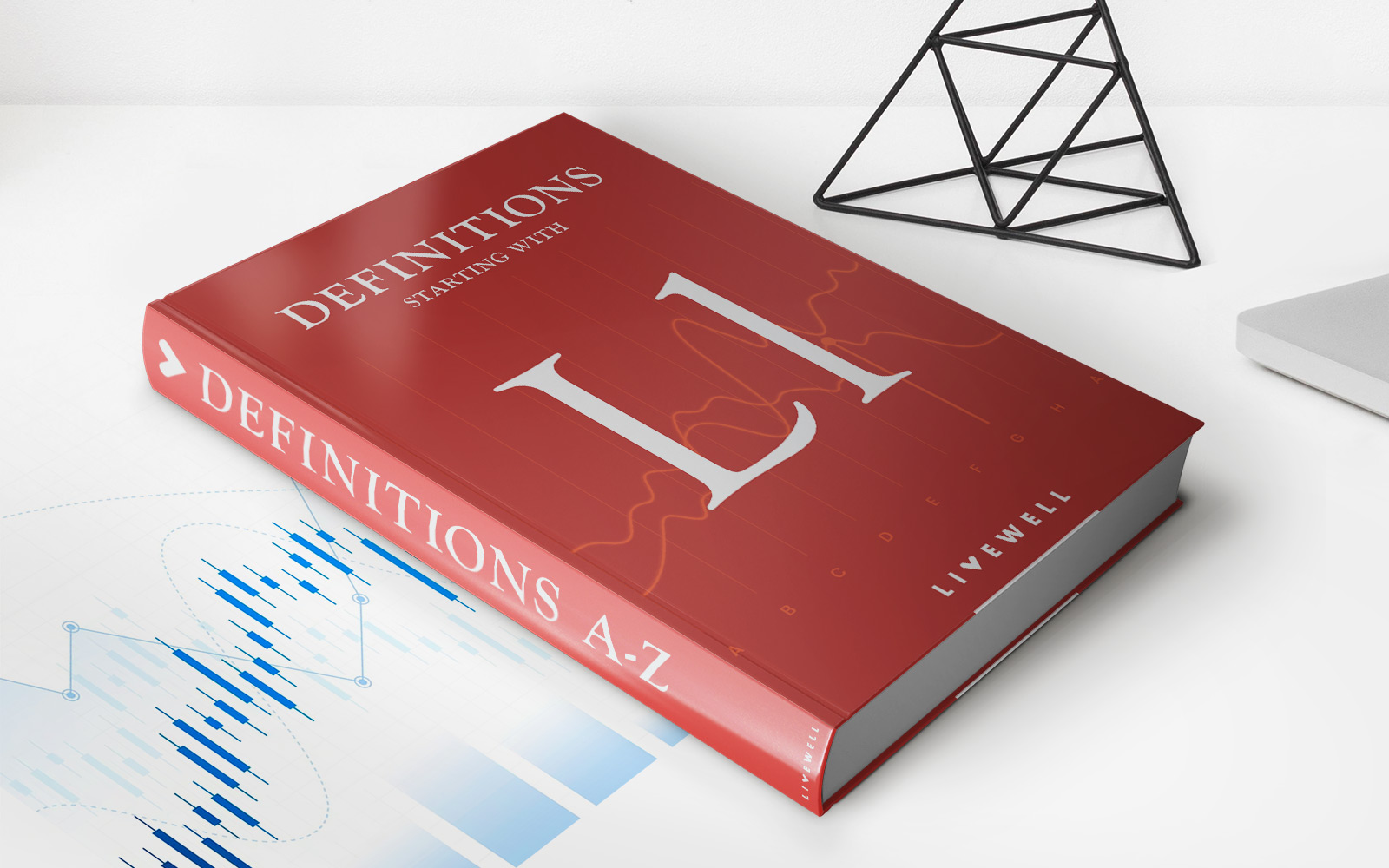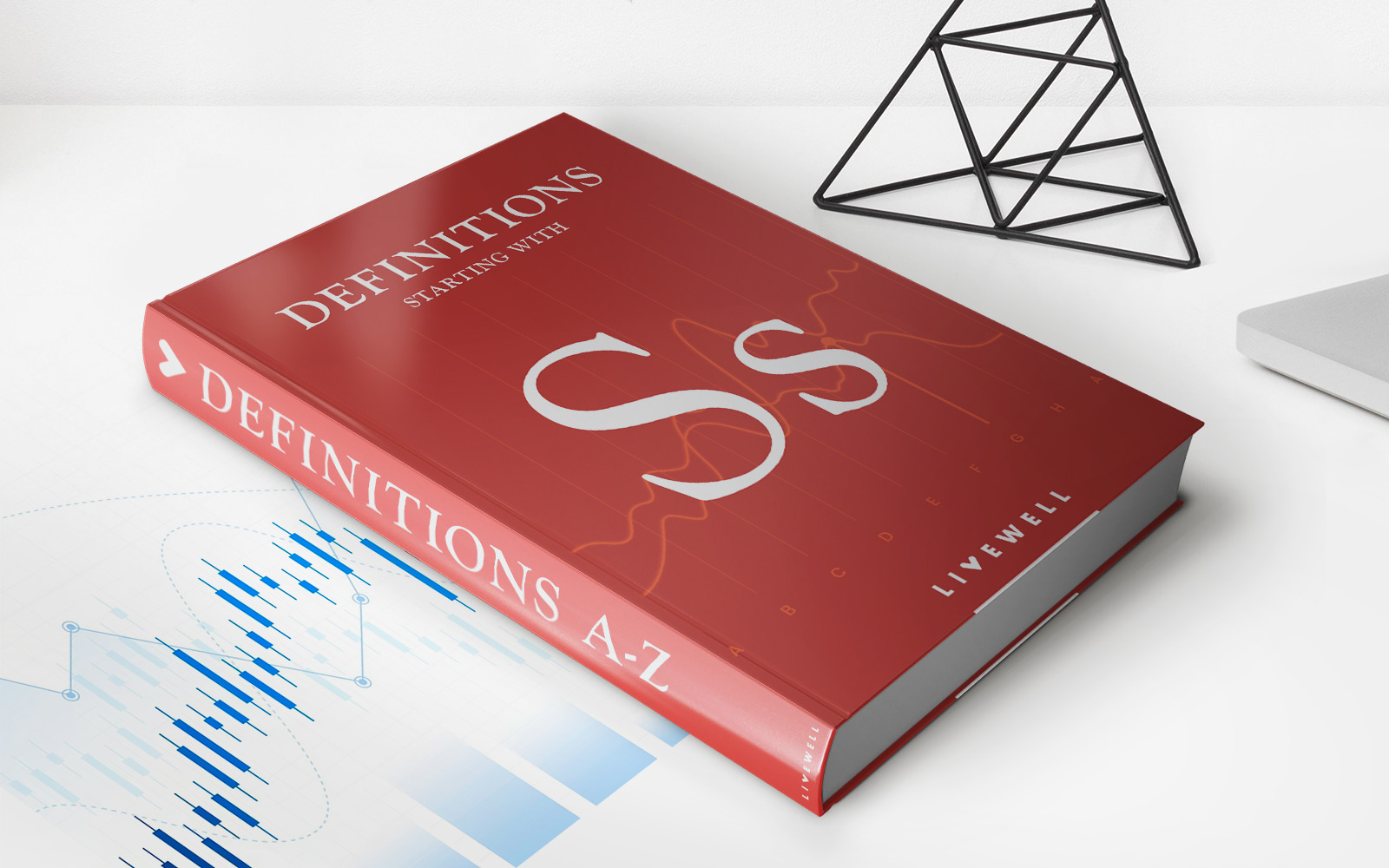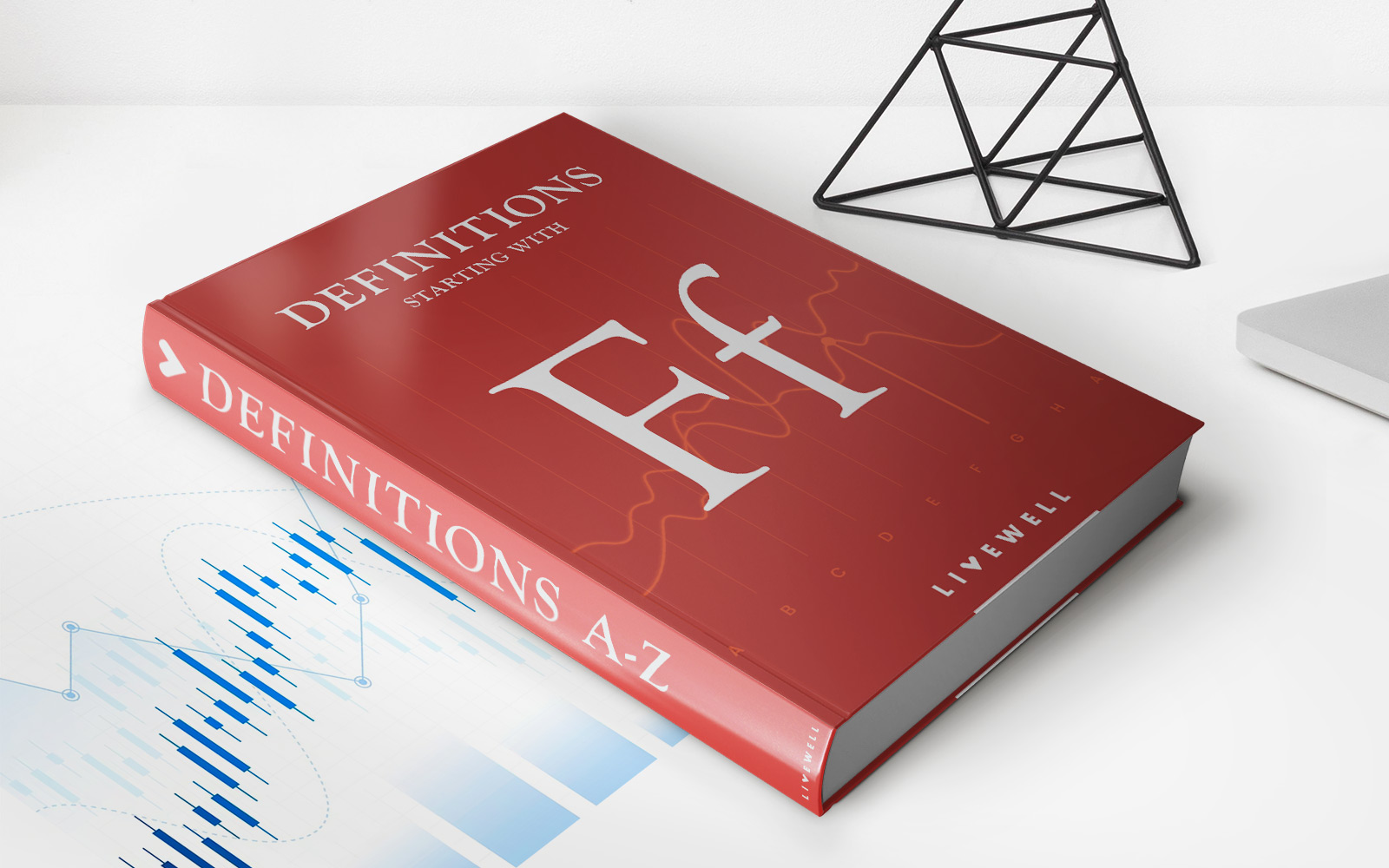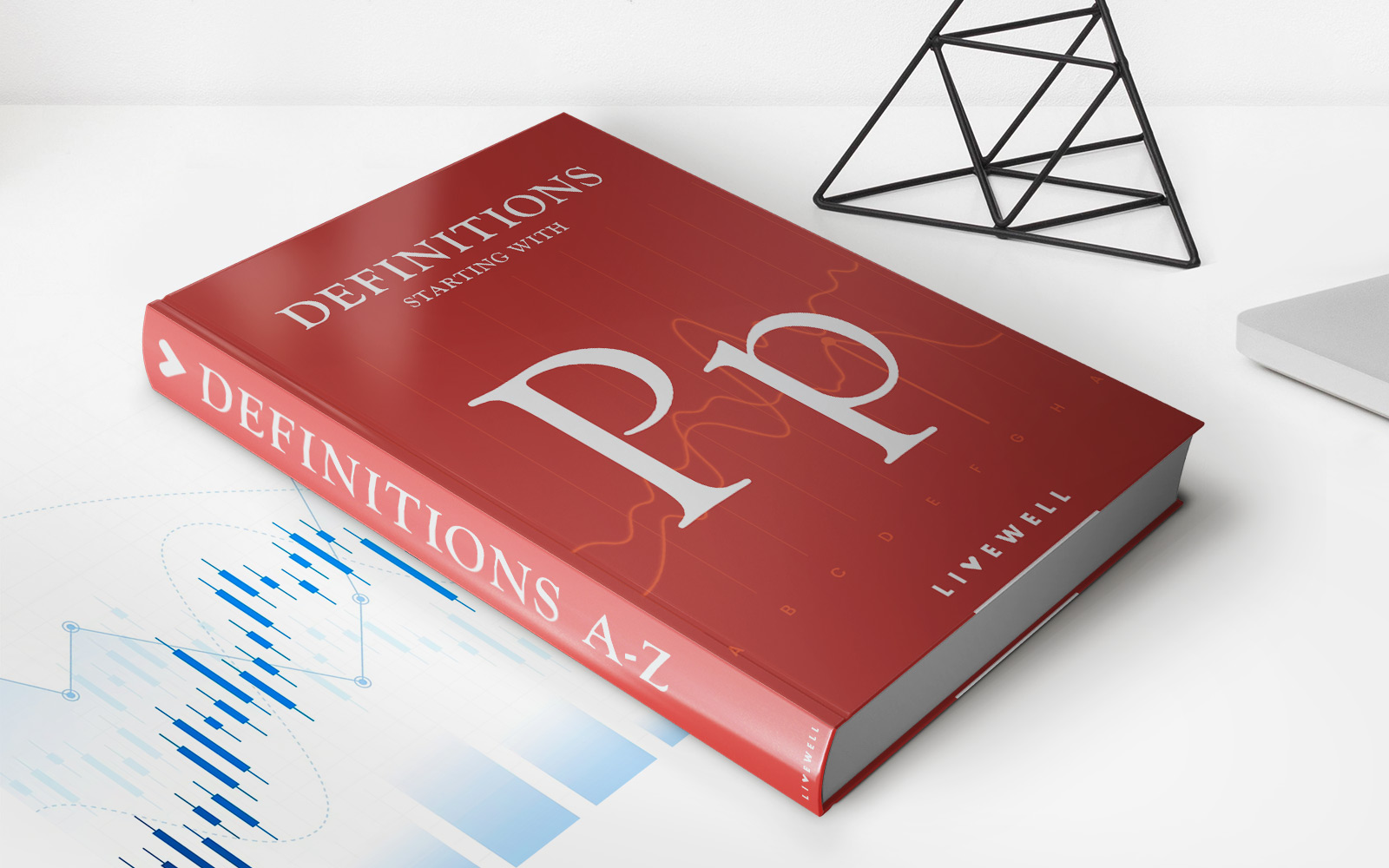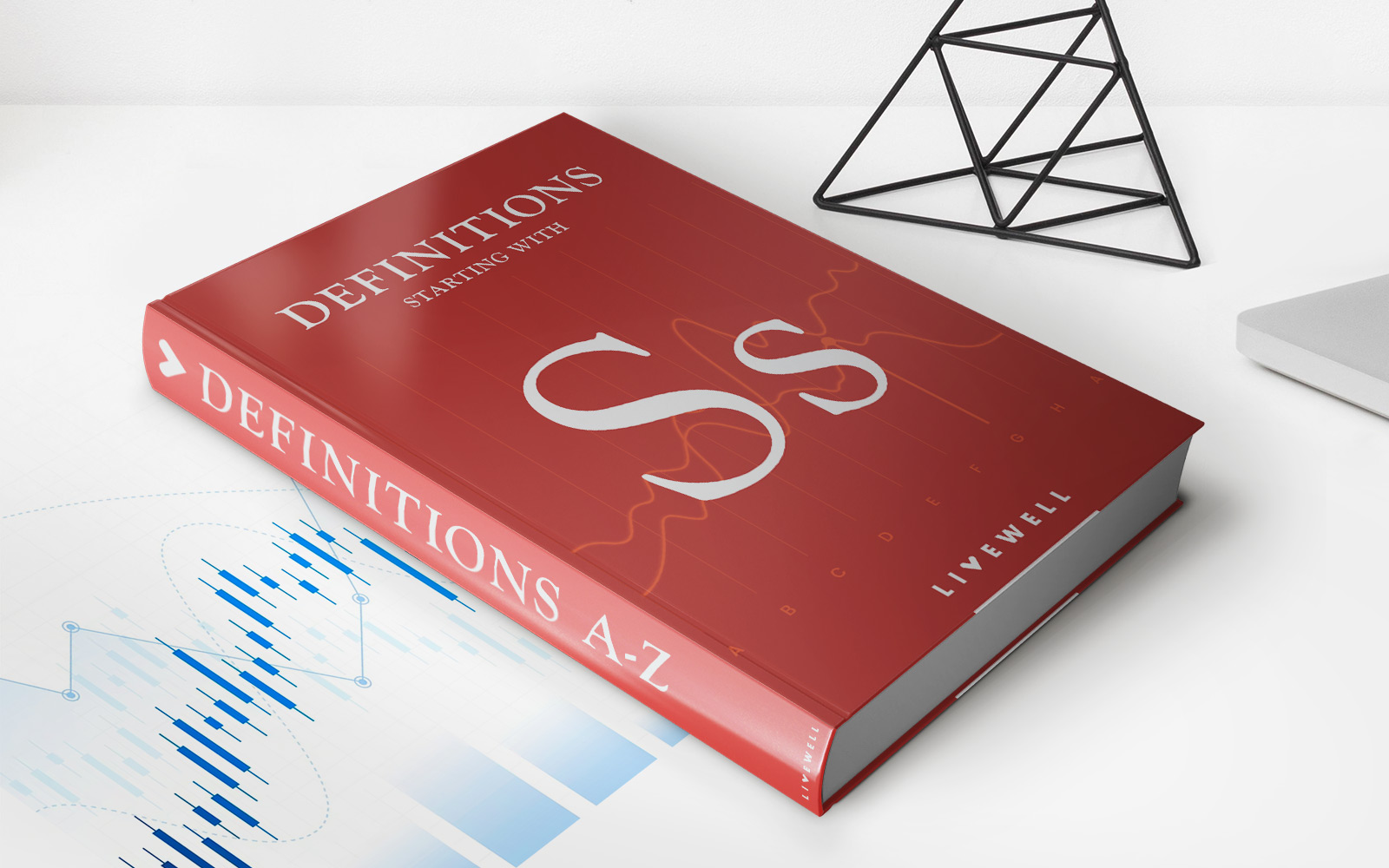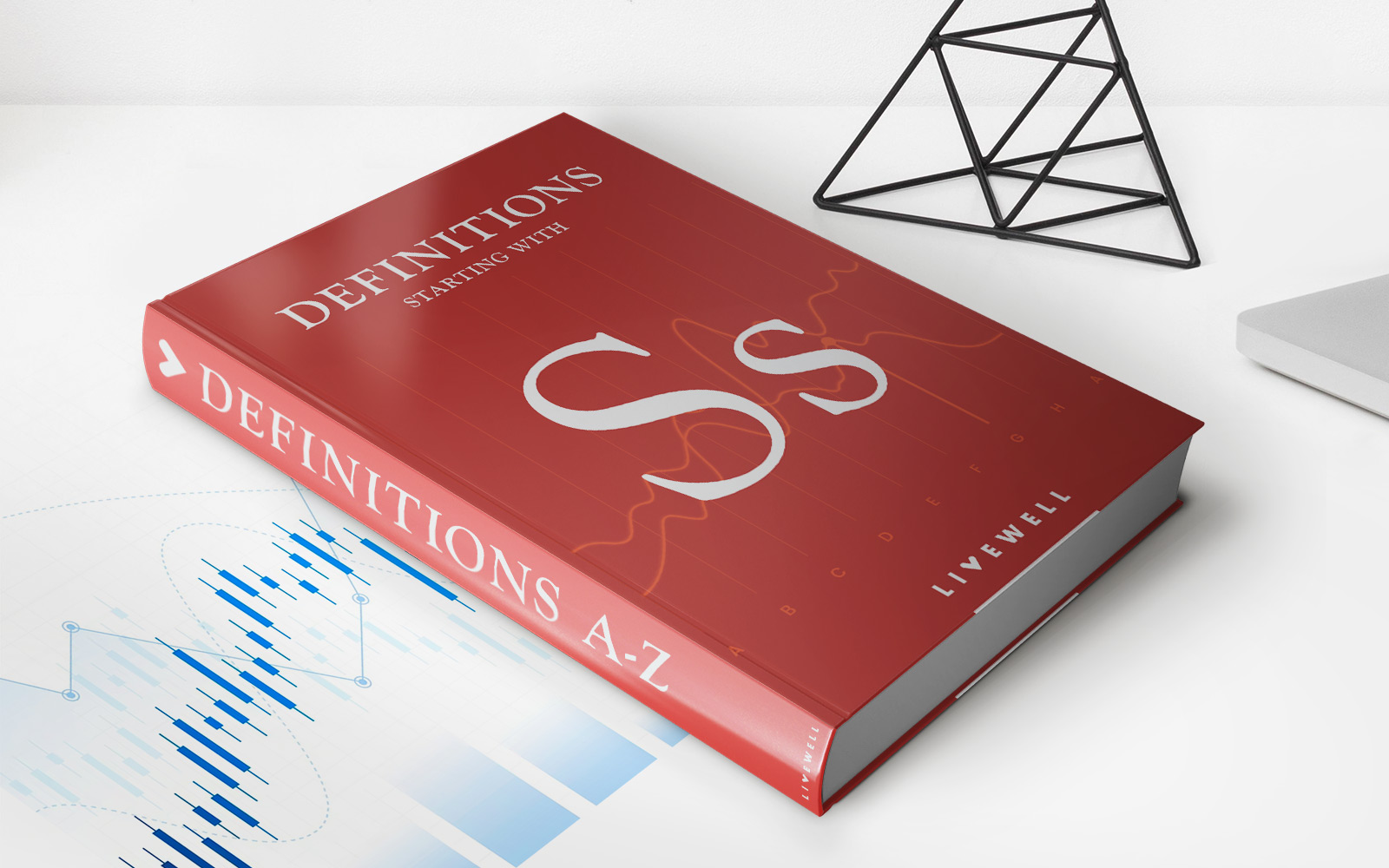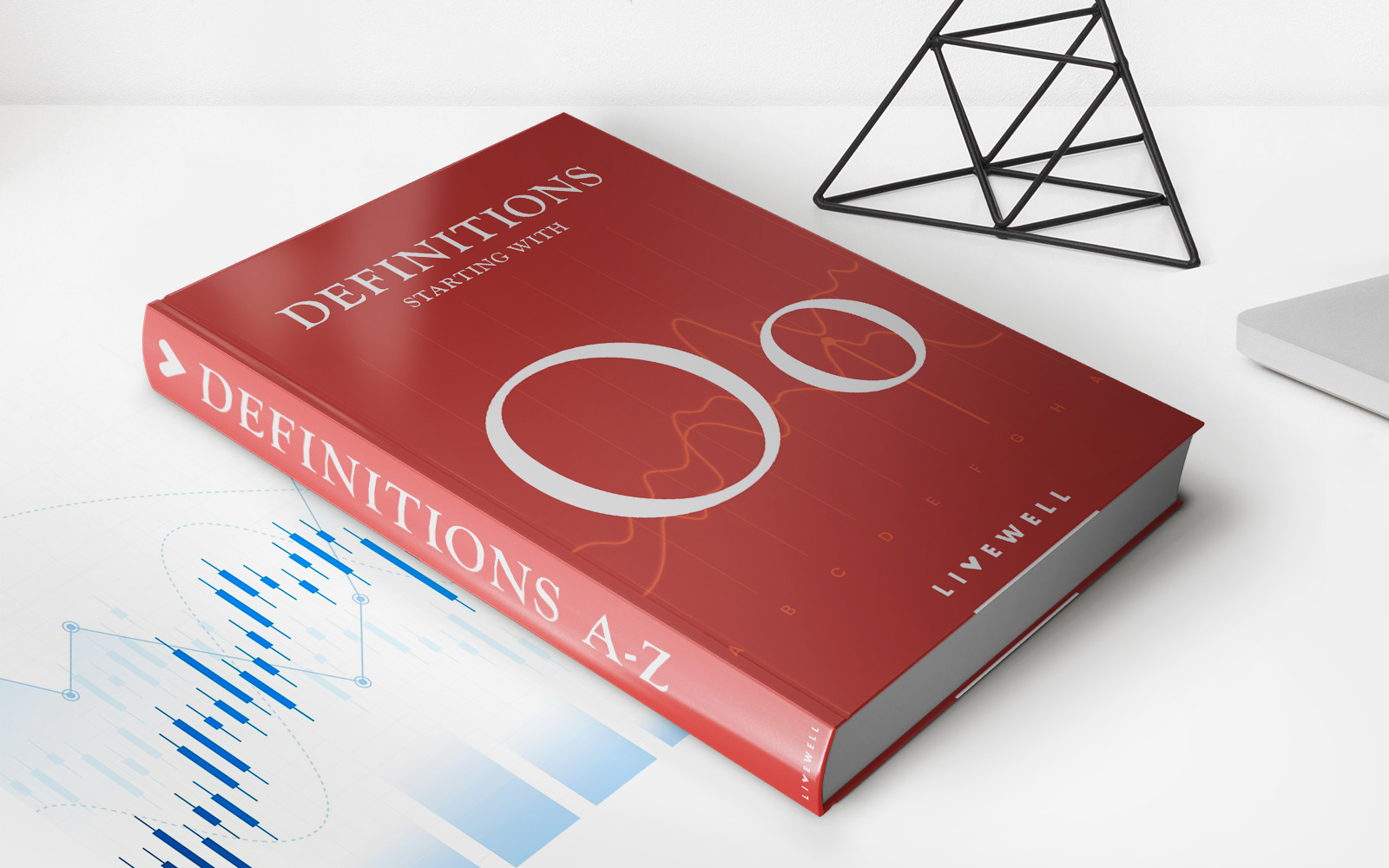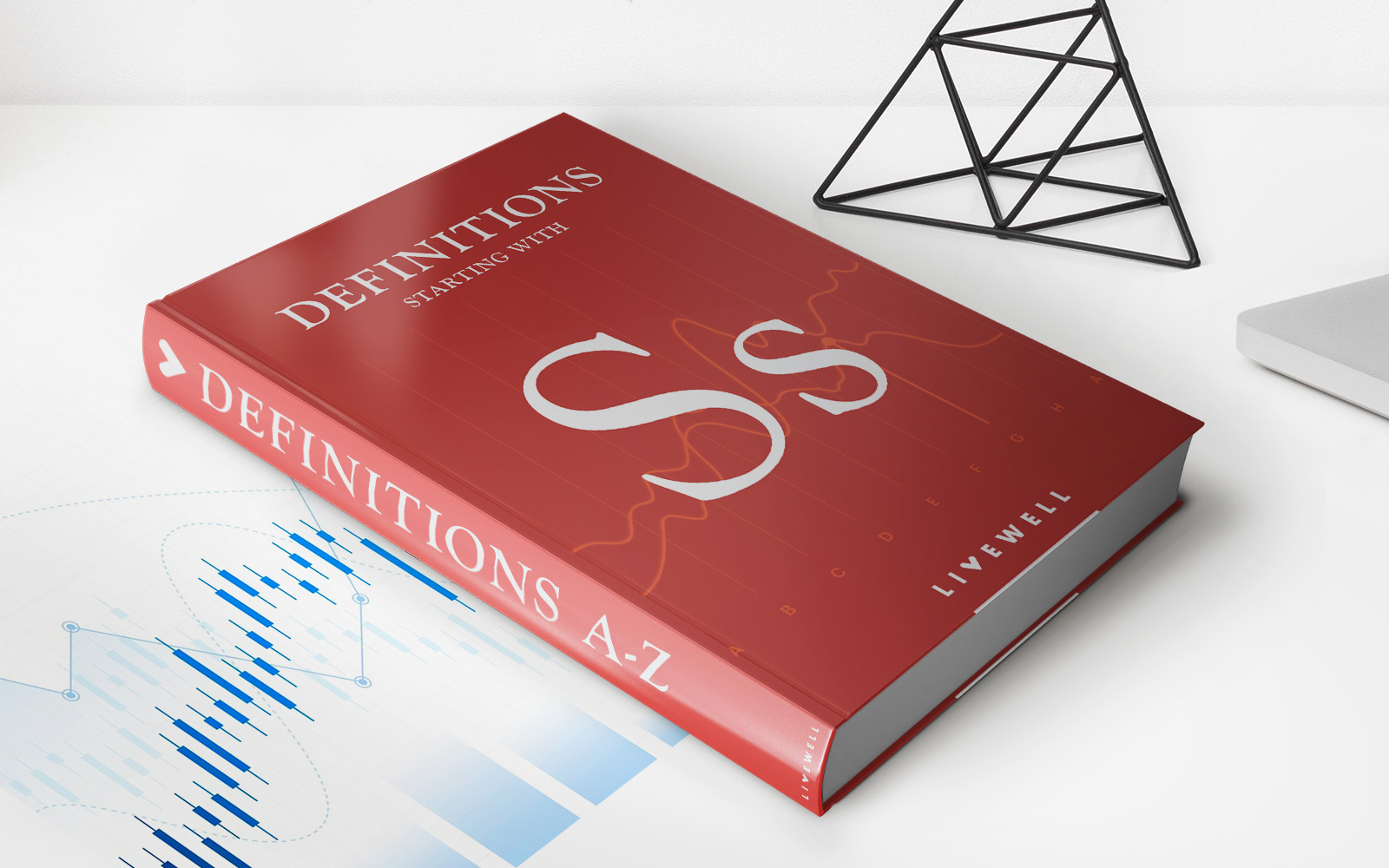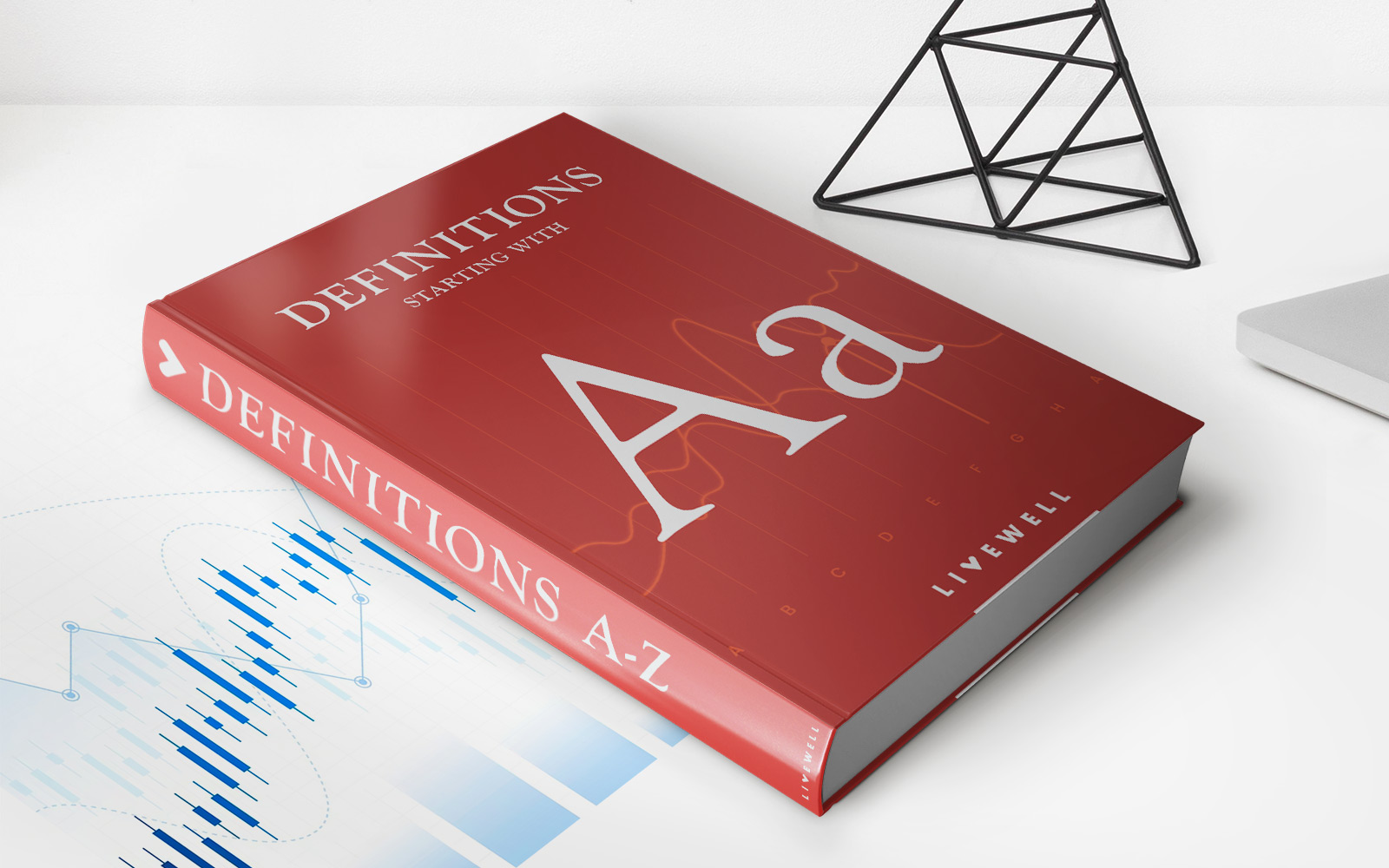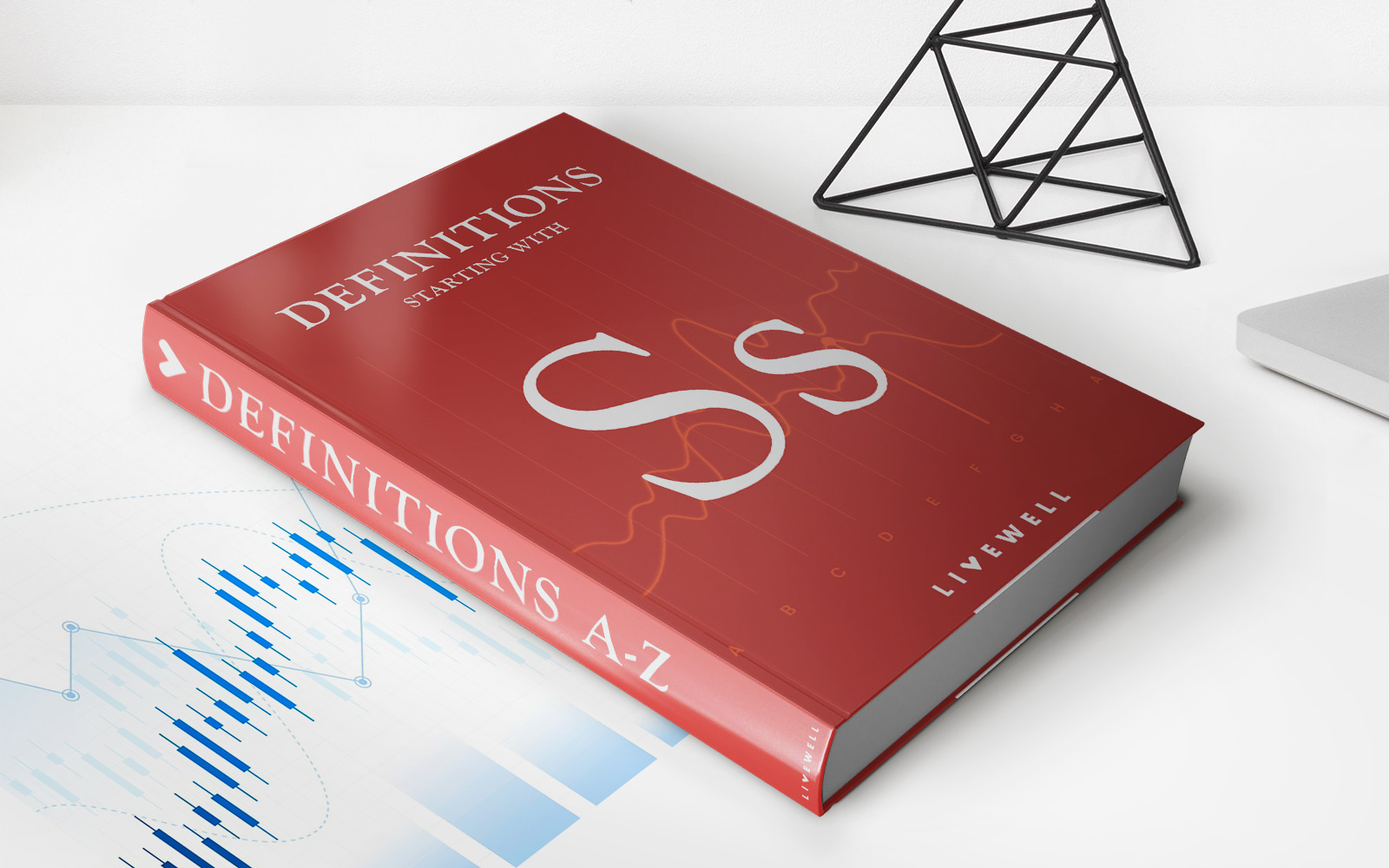Home>Finance>Series L Securities Definition, Function, And Examples


Finance
Series L Securities Definition, Function, And Examples
Published: January 27, 2024
Learn about Series L securities in finance including their definition, function, and examples. Enhance your financial knowledge with comprehensive information on Series L securities.
(Many of the links in this article redirect to a specific reviewed product. Your purchase of these products through affiliate links helps to generate commission for LiveWell, at no extra cost. Learn more)
Understanding Series L Securities: Definition, Function, and Examples
Finance can sometimes be a complex realm to navigate, with various investment products and instruments available. One such investment vehicle that you may come across is Series L Securities. In this blog post, we will dive into the definition, function, and examples of Series L Securities, shedding light on this financial instrument to help you understand its potential benefits and risks.
Key Takeaways:
- Series L Securities are a type of investment instrument that combines features of both stocks and bonds.
- These securities provide investors with a fixed dividend payment, similar to bond interest, but also offer the potential for capital appreciation like common stocks.
What are Series L Securities?
Series L Securities are a unique hybrid investment vehicle that combines features of both stocks and bonds. They are typically issued by corporations seeking additional capital to finance their operations or expansion. These securities offer investors a fixed dividend payment, similar to bond interest, but also provide the potential for capital appreciation like common stocks.
In essence, Series L Securities can be seen as a form of preferred stock, as they offer a fixed dividend payment and have a preference over common stocks in terms of distributions. However, their unique feature lies in the fact that these securities have a maturity date, similar to a bond. This means that at a specified future date, the Series L Securities will be redeemed by the issuer at their face value.
How do Series L Securities Function?
When investors purchase Series L Securities, they are essentially lending money to the issuing corporation. In return, the corporation promises to pay a fixed dividend on a regular basis and redeem the security at its face value upon maturity.
The fixed dividend payment makes Series L Securities an attractive choice for risk-averse investors seeking stable income streams. However, it’s important to note that the dividend payments are dependent on the financial performance and stability of the issuing company.
Additionally, Series L Securities often come with certain voting rights and conversion features. This means that investors may have an opportunity to participate in the decision-making process of the issuing corporation and convert their Series L Securities into common stock if certain conditions are met.
Examples of Series L Securities
Let’s take a look at some examples of Series L Securities to better understand how they work:
- Company ABC Series L Preferred Stock: Company ABC issues Series L Preferred Stock with a face value of $100 per share and an annual fixed dividend rate of 5%. Investors who purchase these securities will receive a fixed dividend payment of $5 per share each year until maturity, and the shares will be redeemed by the company at their face value ($100) after a specified period.
- Company XYZ Convertible Debentures: Company XYZ issues Series L Convertible Debentures with a face value of $1,000 per bond and a fixed interest rate of 4% per annum. Investors who purchase these debentures will receive semi-annual interest payments of $40 per bond until maturity. Furthermore, they have the option to convert their debentures into common stock of the company at a predetermined conversion ratio.
These examples highlight the key elements of Series L Securities, such as fixed dividend payments, maturity dates, and potential conversion features.
In Conclusion
Series L Securities offer a unique investment opportunity for individuals and organizations looking to balance fixed income and potential capital appreciation. With their hybrid nature, these securities provide investors with the benefits of both bonds and stocks.
It’s essential to thoroughly research and understand the terms and conditions of each specific Series L Security before investing, as the financial performance and stability of the issuing corporation can significantly impact the returns and risks associated with these instruments.
By gaining a clear understanding of Series L Securities, you can make informed investment decisions and potentially enhance your financial portfolio.
